
AeroGenie: il tuo copilota intelligente.
Tendenze
Categories
Comparing Engine Power: Rolls-Royce and General Electric
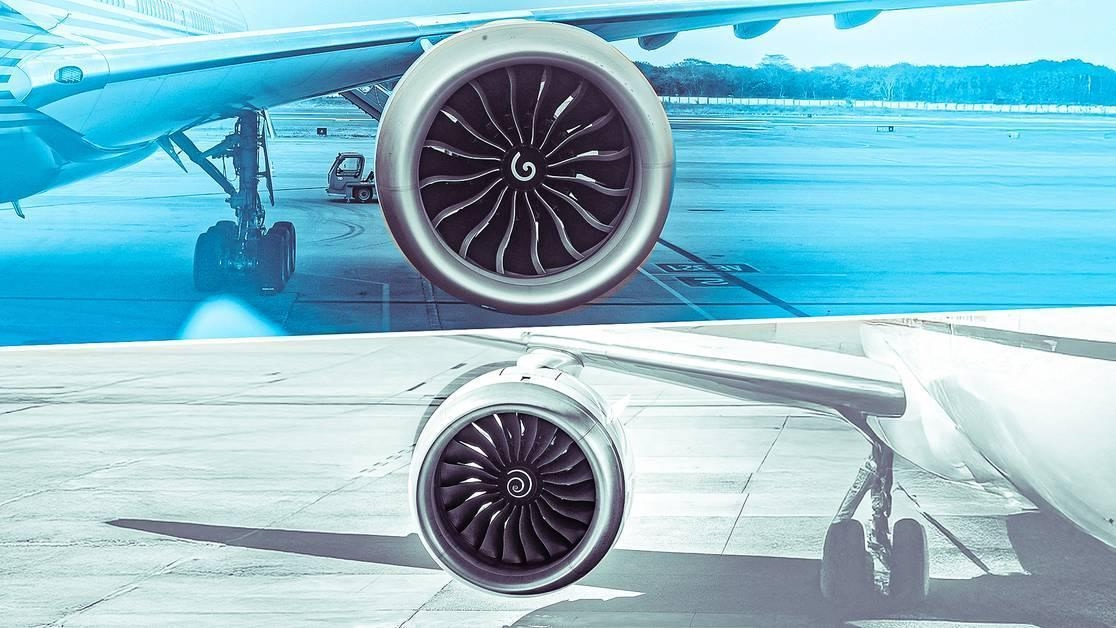
Comparing Engine Power: Rolls-Royce and General Electric
Overview of High-Thrust Engines in Aviation
In the realm of high-thrust turbofan engines that power the latest widebody commercial aircraft, Rolls-Royce and General Electric (GE Aerospace) stand as the foremost industry leaders. These two aerospace giants supply the propulsion systems for some of the most advanced jets in operation today, including the Boeing 787, Boeing 777, and Airbus A350. Their engines represent the pinnacle of engineering in terms of thrust, efficiency, and technological innovation.
Company Profiles and Engine Lineups
Rolls-Royce, established in 1906 and currently led by CEO Tufan Erginbilgic, has built a reputation for its modular and flexible engine designs. Its Trent series, including the Trent 1000, Trent 7000, and Trent XWB, exemplifies this approach, serving a range of aircraft with varying thrust requirements. GE Aerospace, founded in 1917 and headquartered in Evendale, United States, is under the leadership of CEO John S. Slattery. GE’s flagship engines include the GE90, GEnx, and the latest GE9X, all developed primarily for Boeing aircraft.
Engine Power Comparison
When assessing raw thrust capabilities, General Electric holds a clear advantage. The GE90-115B engine set a world record in 2002 by producing 127,900 pounds of thrust during testing, a benchmark that remains impressive. Its successor, the GE9X, designed for the Boeing 777X, surpasses this with a maximum certified thrust of 134,300 pounds, making it the most powerful commercial jet engine currently in service.
In contrast, Rolls-Royce’s most powerful engine, the Trent XWB-97, which powers the Airbus A350-1000, delivers up to 97,000 pounds of thrust. While this represents the highest thrust output ever achieved by an Airbus engine, it remains significantly lower than GE’s top-performing models.
Beyond Thrust: Design Philosophies and Performance
Engine thrust is only one aspect of overall performance, influenced by a range of design and operational factors. GE’s design philosophy emphasizes maximizing thrust to meet the demands of long-range, high-capacity aircraft, particularly those in the Boeing 777 family. This focus aligns with the aircraft’s role in ultra-long-haul routes and heavy payload operations.
Rolls-Royce adopts a different strategy, centered on a “family approach” with its Trent series. Utilizing a three-shaft architecture, Rolls-Royce achieves modularity and adaptability, allowing the same engine family to be tailored for various aircraft types and thrust requirements. This approach supports a balance between power, efficiency, and operational flexibility.
Both manufacturers incorporate advanced materials such as ceramic matrix composites and titanium fan blades to reduce engine weight and improve fuel efficiency. The Trent XWB, in particular, has been recognized for its exceptional fuel consumption rates relative to thrust output, marking it as one of the most efficient widebody engines in service.
Integration with aircraft manufacturers also shapes engine development. GE’s engines are typically developed in close collaboration with Boeing, resulting in powerplants optimized for specific Boeing airframes and performance profiles. Conversely, Rolls-Royce maintains strong partnerships with Airbus, tailoring its engines to meet the unique requirements of Airbus aircraft. This co-development process influences not only engine performance but also operational characteristics and maintenance considerations.
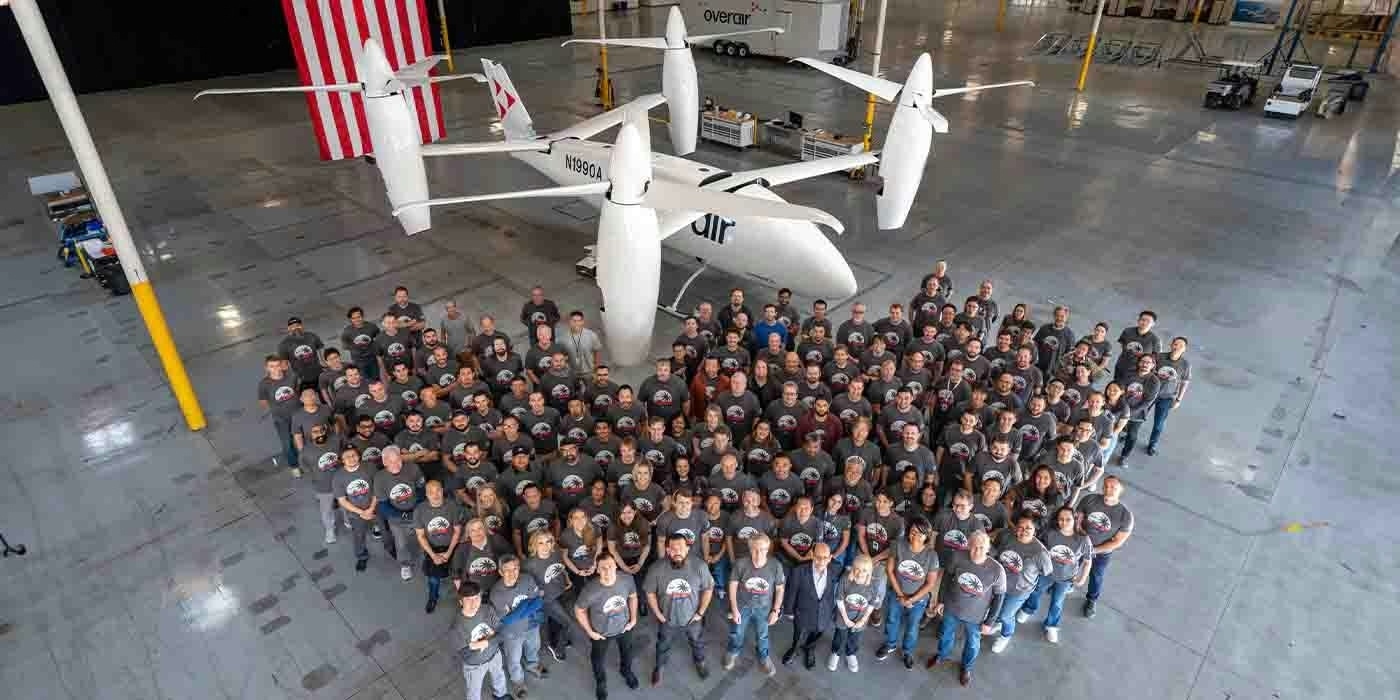
Unique mixed-propulsion eVTOL completes transition flight testing
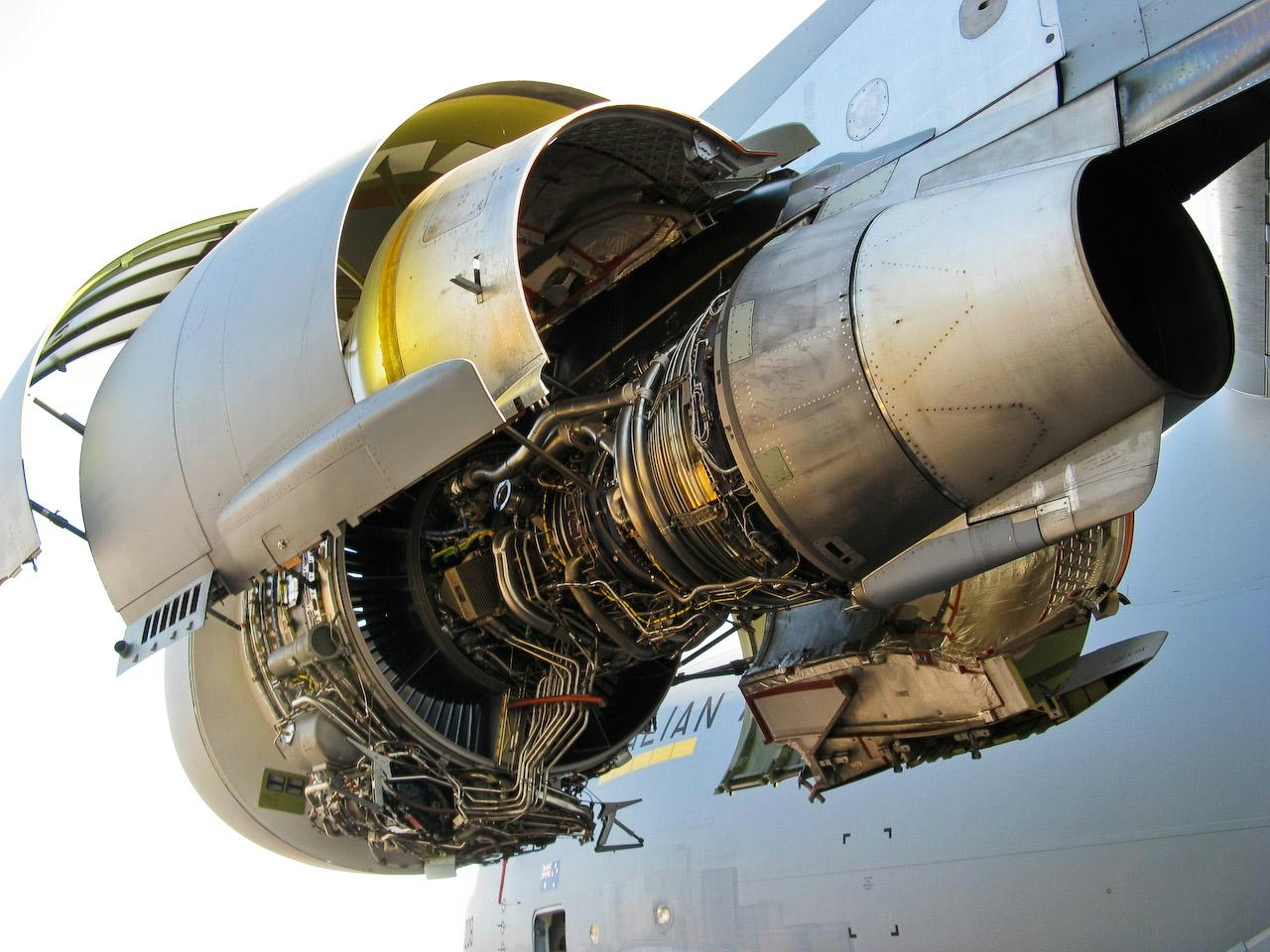
Are C-17 Globemaster Engines Derived from Boeing 757?

Why the Airbus A350’s Cabin Is Quieter Than Other Aircraft
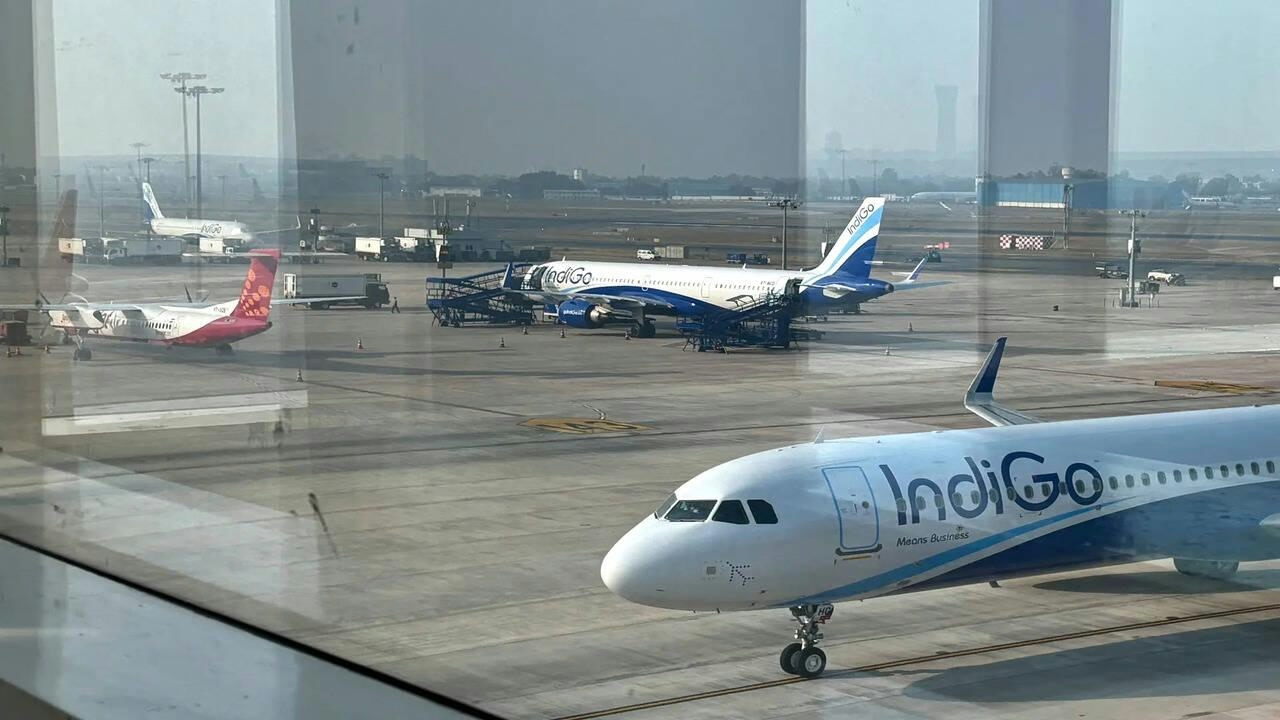
AI and AI Express Plan to Increase Capacity Amid IndiGo Flight Disruptions
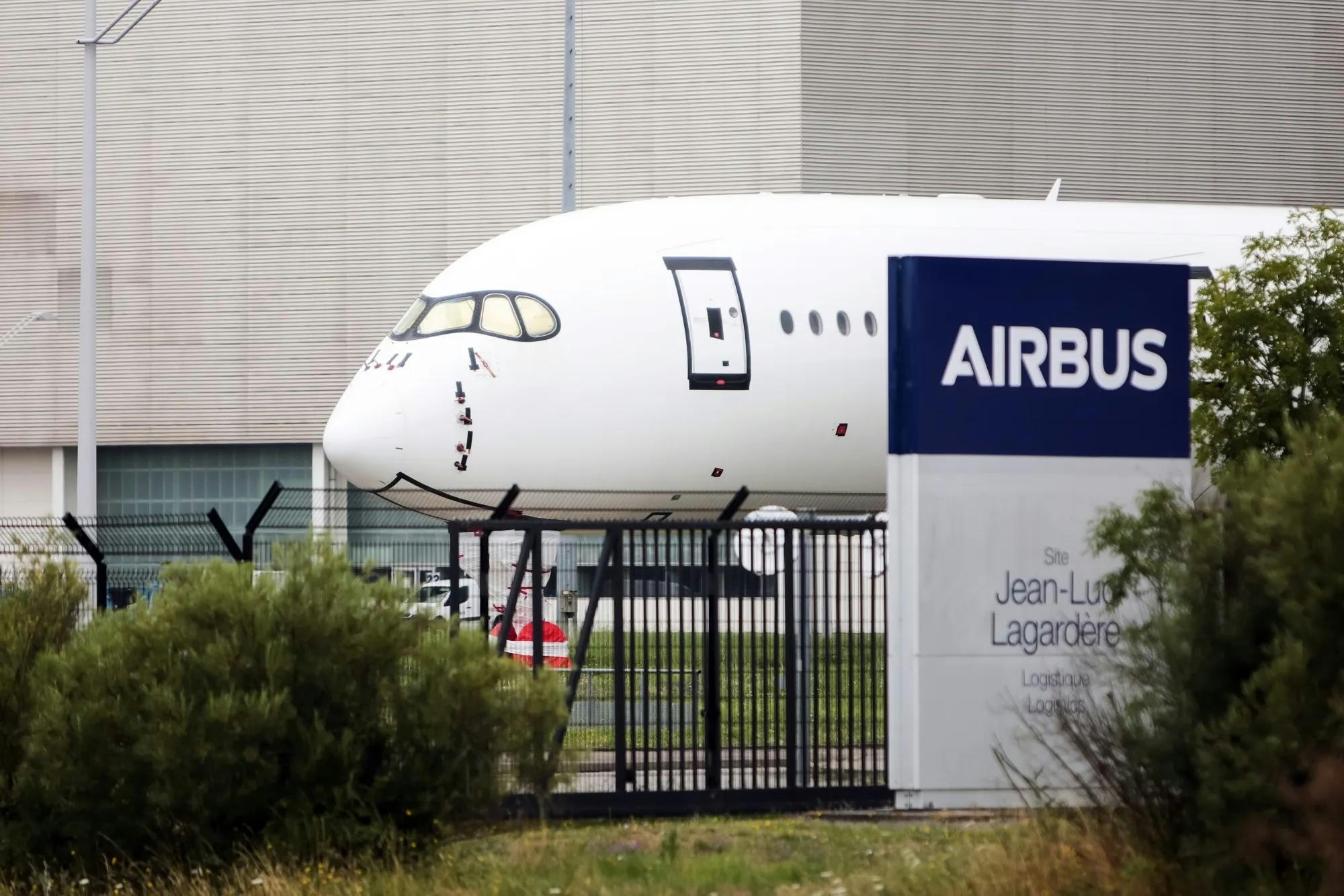
Kazakhstan and France Agree on Airbus Aircraft Deliveries

Europe’s Emerging Talent Drives Aviation Innovation
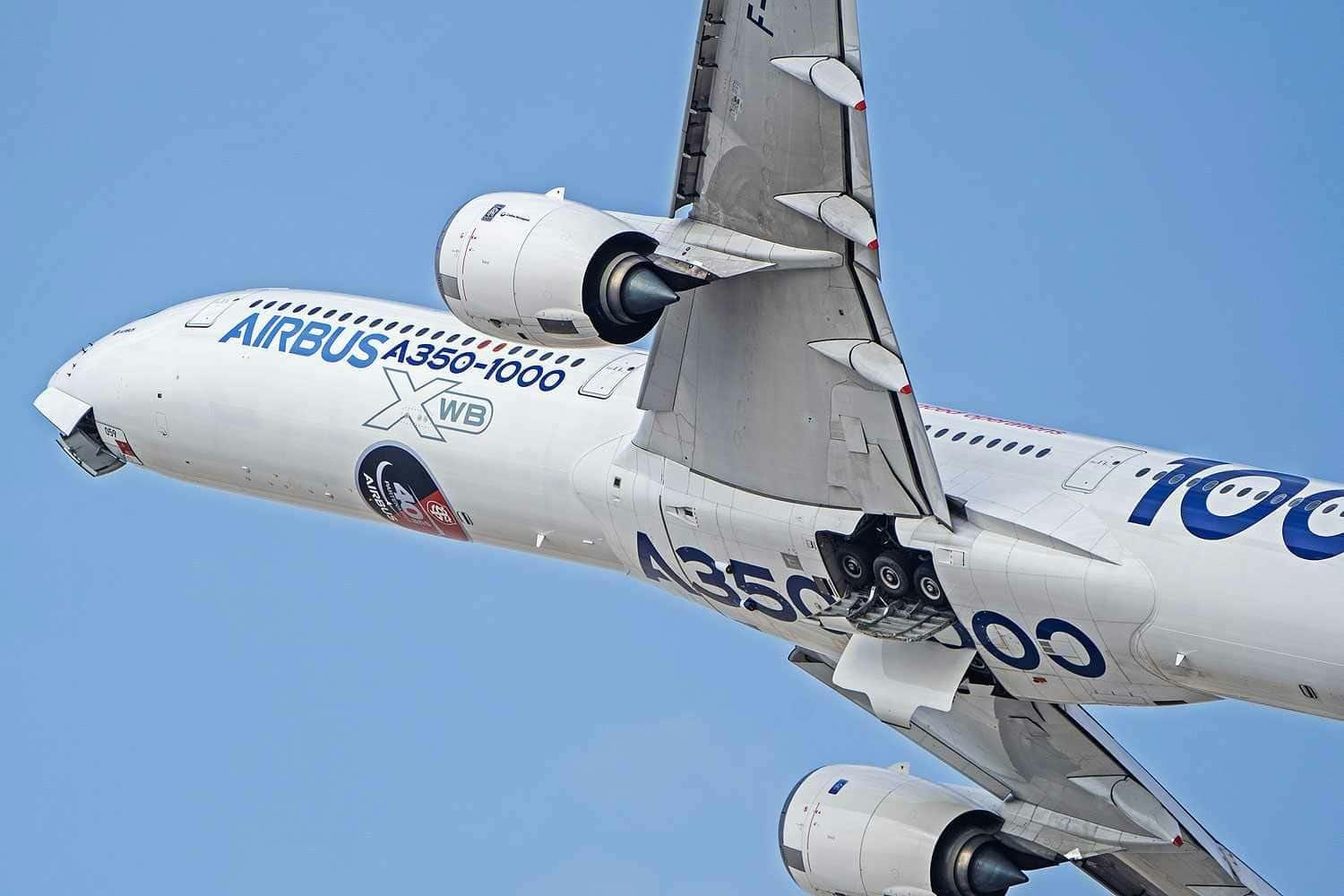
Airbus Receives New Order for A350-1000

The Leading Widebody Aircraft in Service Today
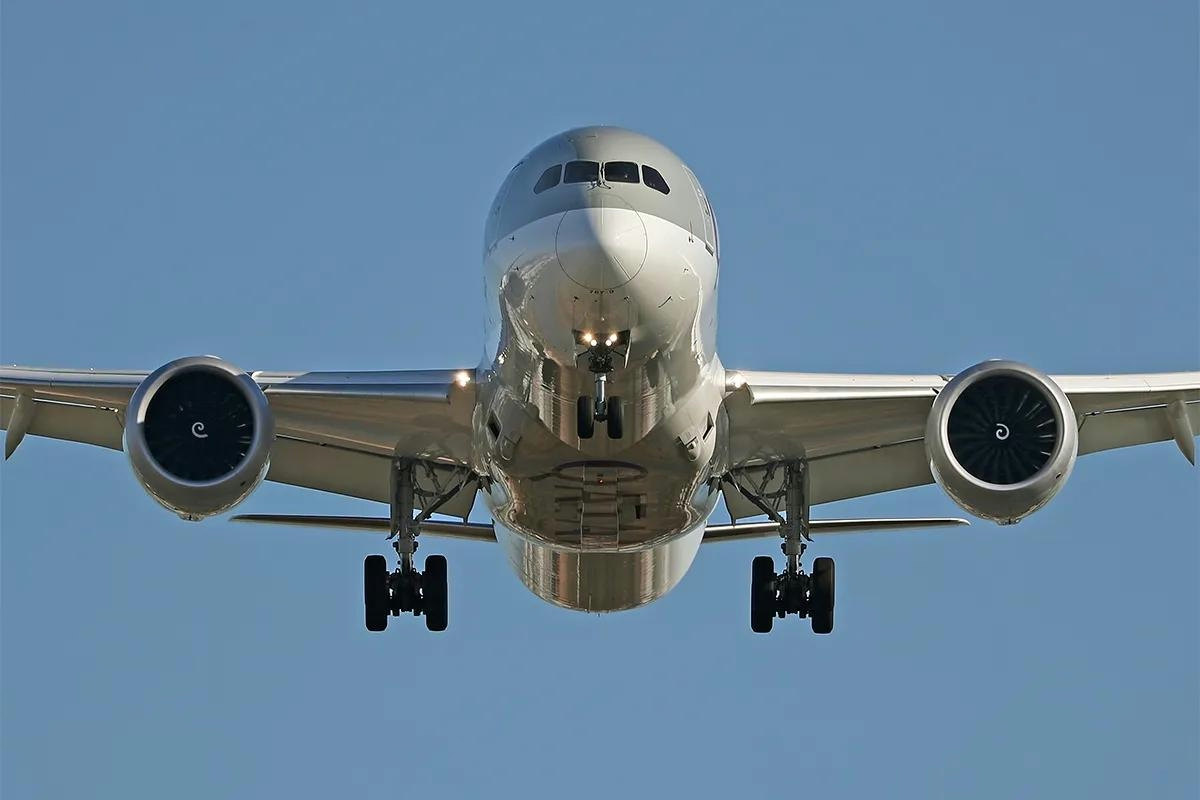
The Fastest Boeing Jet Currently in Service
